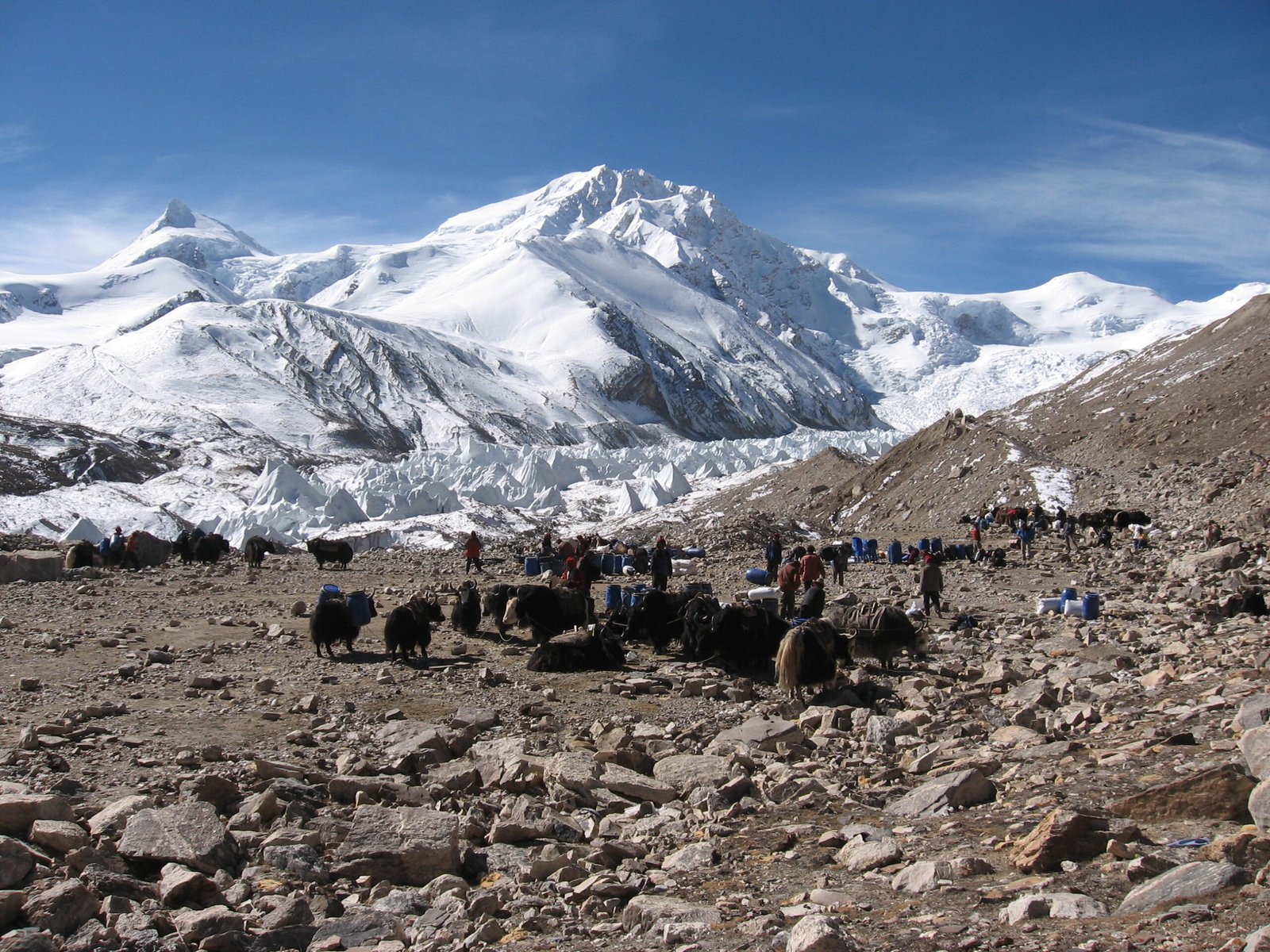



Shishapangma Expedition is normally climbed from the North-west Ridge, North-east Ridge, and South-Southwest route. There are two summits of Shishapangma. The main summit is climbed via south, southwest ridge, and the northeast climbing route which is the height of 8,027 m (26,335 ft). The summit can also be climbed from the northwest through a central (fore) summit (8,013m/26,289ft.) but you are to ascend almost 250m in the knife-edged ridge – really technical and carries high risks. That is why the north-west ridge is a commercial route and 8,013 m (26,289 ft)) is taken as the standard summit.
Our highly skilled, experienced, and courteous high-altitude sherpa staff, with a track record of successful expeditions and high summit success, will accompany you on this expedition. Our skilled basecamp and advanced base camp cooks shall prepare fresh and nutritious foods, and hot drinks at least three times every day.

The Advance Base Camp is located at a height of 5,600 m (18,372 ft). After a couple of days of rest and preparation at the Advance base camp, you will set out for the first camp rotation

When climbing from Camp I to Camp II, a typical climber will take roughly four hours. Camp II is situated at the col of a small mountain, at an elevation of 7,100 meters (23,295 feet). You should expect your ascent to take anywhere from a few hours to a few days, depending on factors like your level of acclimatization, the temperature, your level of fitness, and how fast you walk and climb. You'll be able to climb an ice wall with a slope of 40–45 degrees after a 30–45-minute level ascent on the ice. This part is completely attached to the main rope. It takes around 30 minutes of easy climbing to go from the ice wall to the second camp on the col of a small mountain.
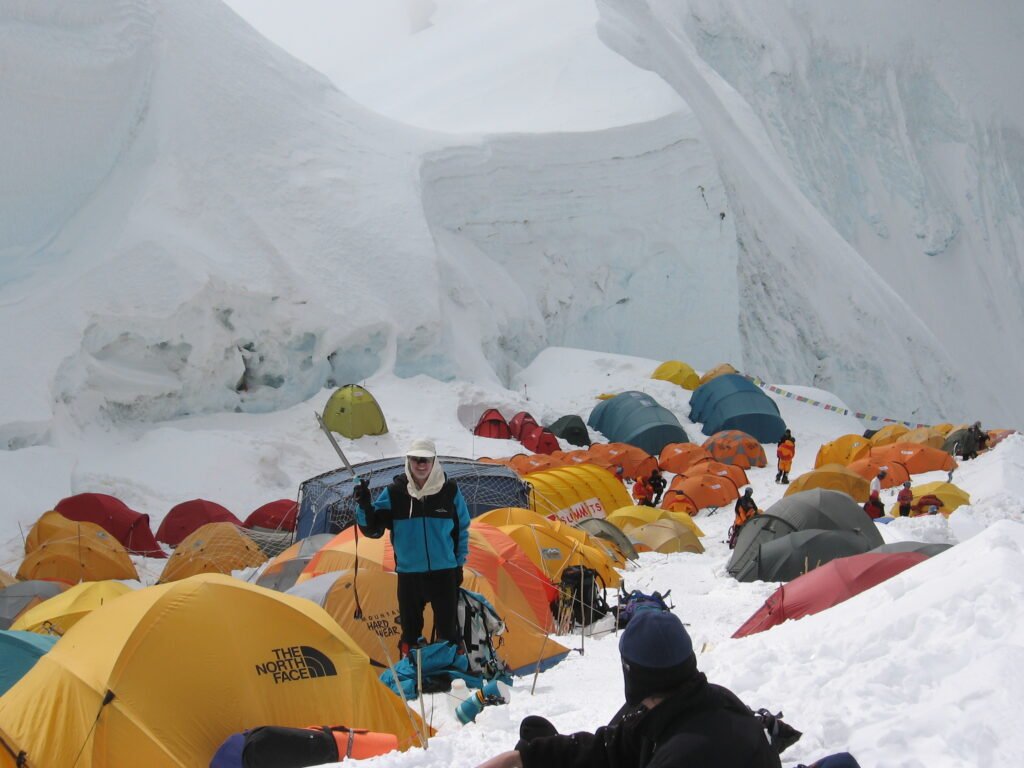
We ascend the glacier and then the steep north ridge from the North Col in order to get to Camp II, which is situated at a height of between 7,500 and 7,800 m (24,600 ft). Climbing becomes more difficult and harder as you approach a point where you must push over your boundaries.
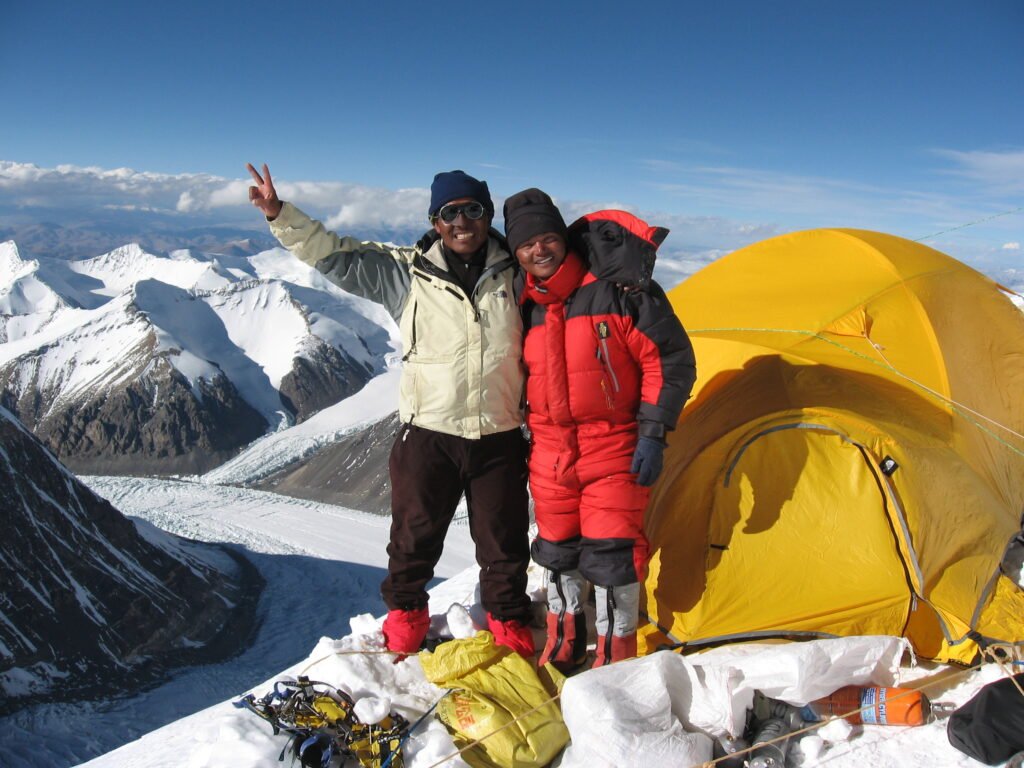
The climbing route from Camp II to Camp III consists of around three and a half hours on vertical ice that has a slope of between 10 and 15 degrees.

Reaching the summit of Shishapangma from Camp III and making your way back to it, or even descending to Camp II, is without a doubt the most demanding and longest journey. Nearly all climbers (90 percent) go for and reach the 8,013 m (26,289 ft) central (fore) summit. The actual peak, at 8,027 m (26,335 ft), is reached after a further two-hour journey up the icy knife-edge ridge.
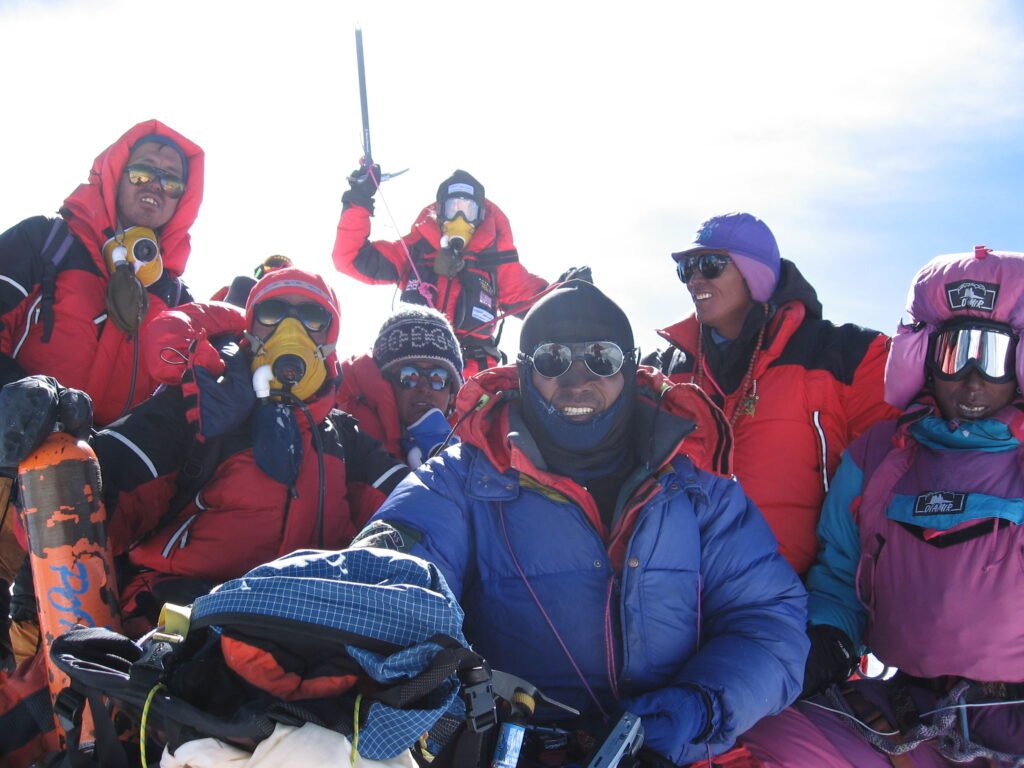

















































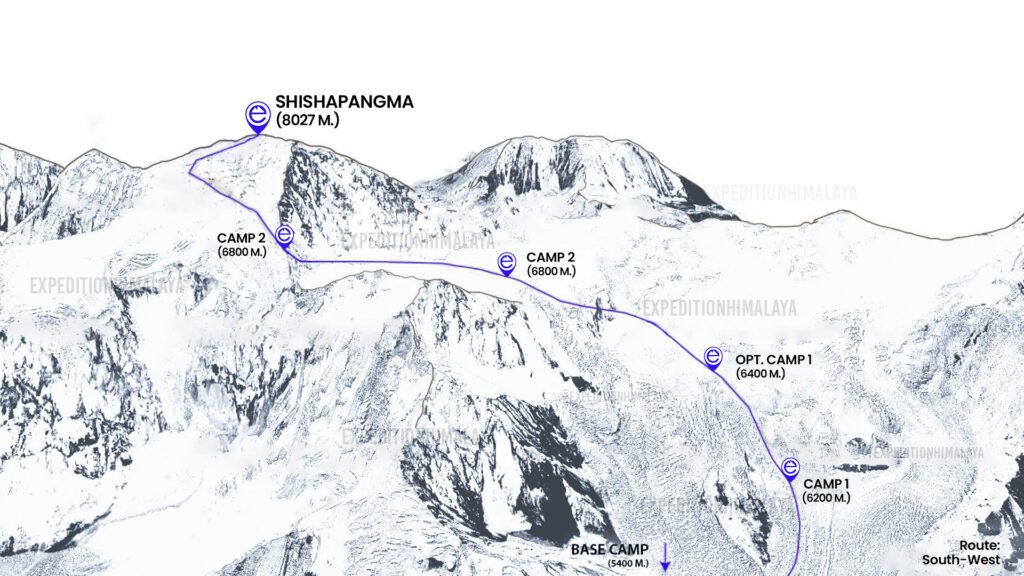
Preparing for a challenging expedition requires assembling a comprehensive array of essential gear, encompassing a durable backpack, weather-resistant tent, cozy sleeping bag with an insulated sleeping pad, and a reliable stove for cooking sustenance on the go; navigation tools like a map, compass, and GPS device ensure a safe journey, while a well-stocked first aid kit, emergency shelter, and multi-tool provide security in unforeseen circumstances; carefully chosen clothing layers, including waterproof rain jackets, trekking socks, and sturdy hiking boots, offer protection from the elements, complemented by trekking poles, a backpack rain cover, and dry bags for added resilience against inclement weather.
CLICK THE PICTURE FOR MORE INFORMATION
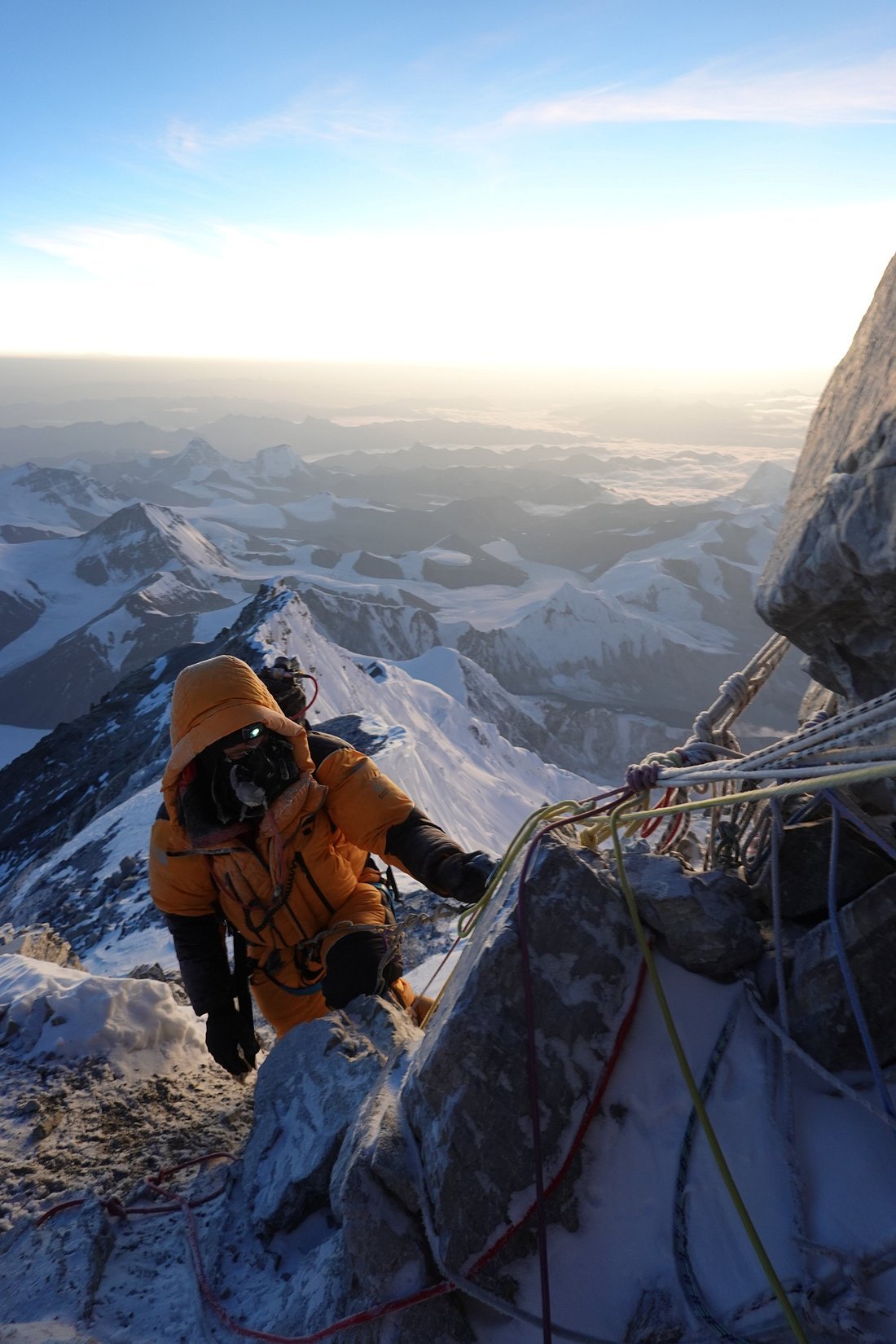
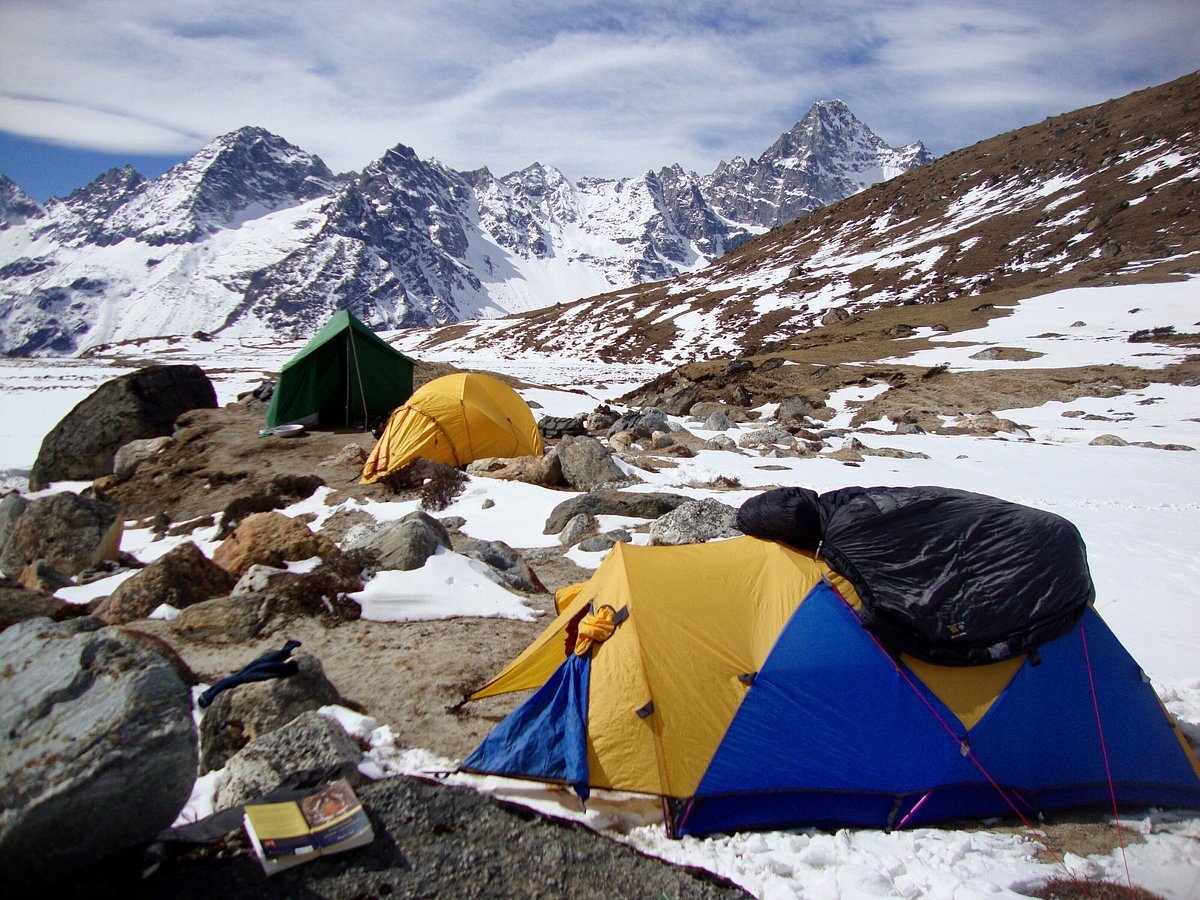
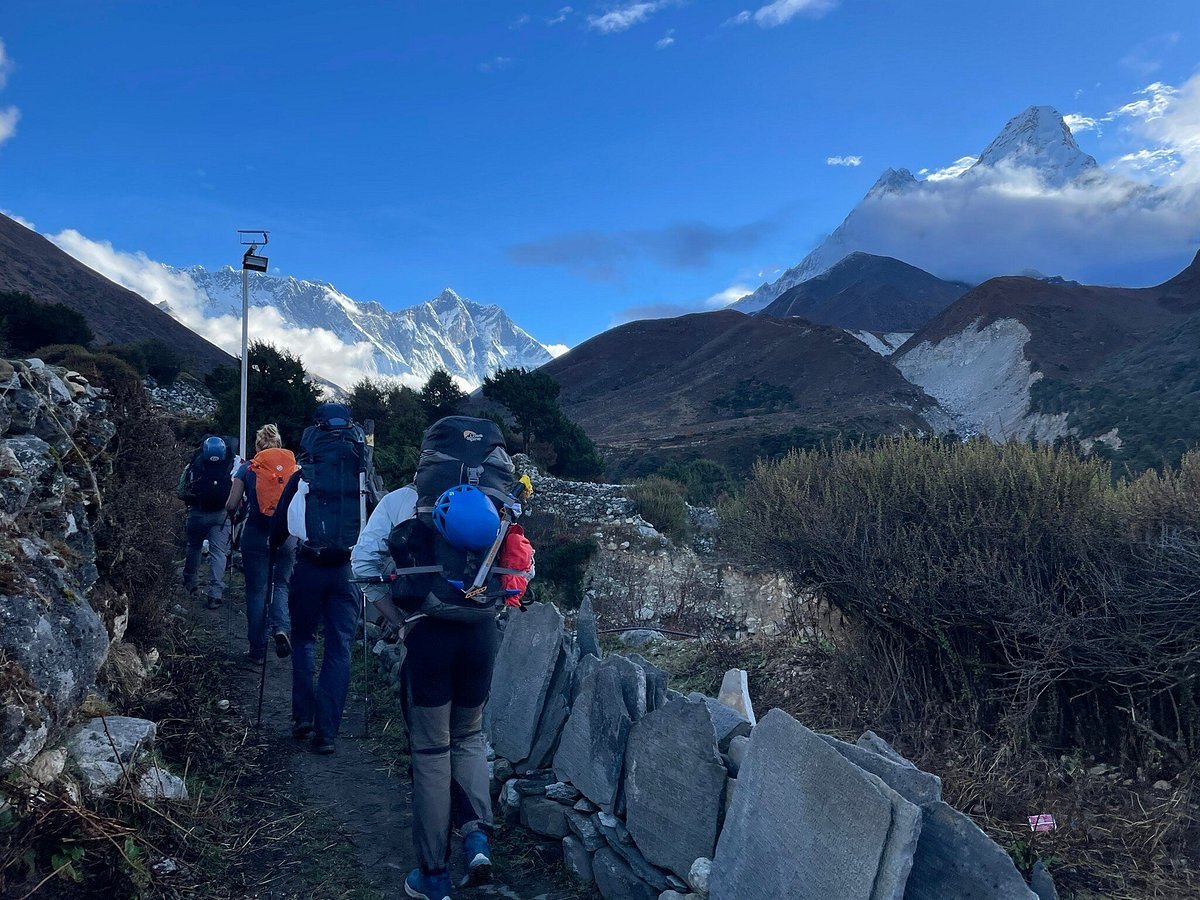
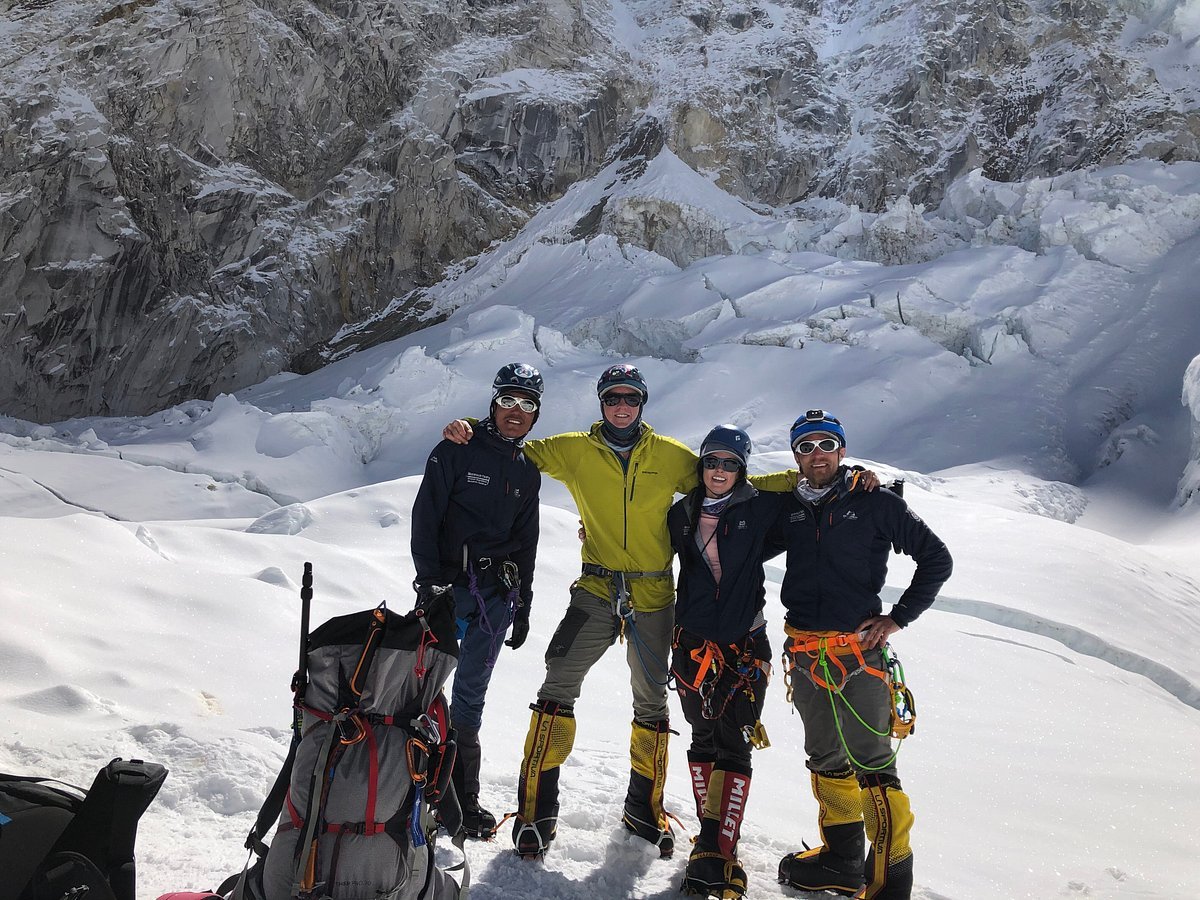
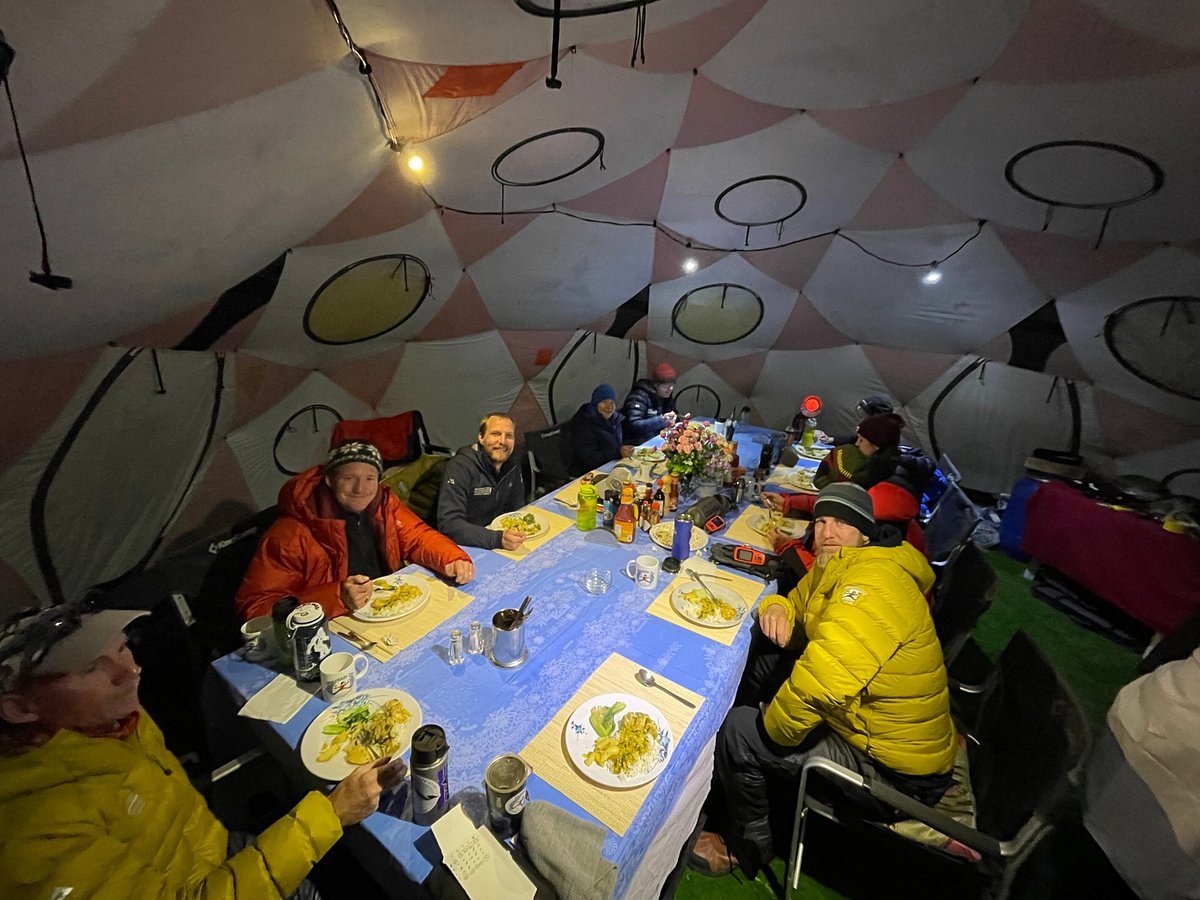

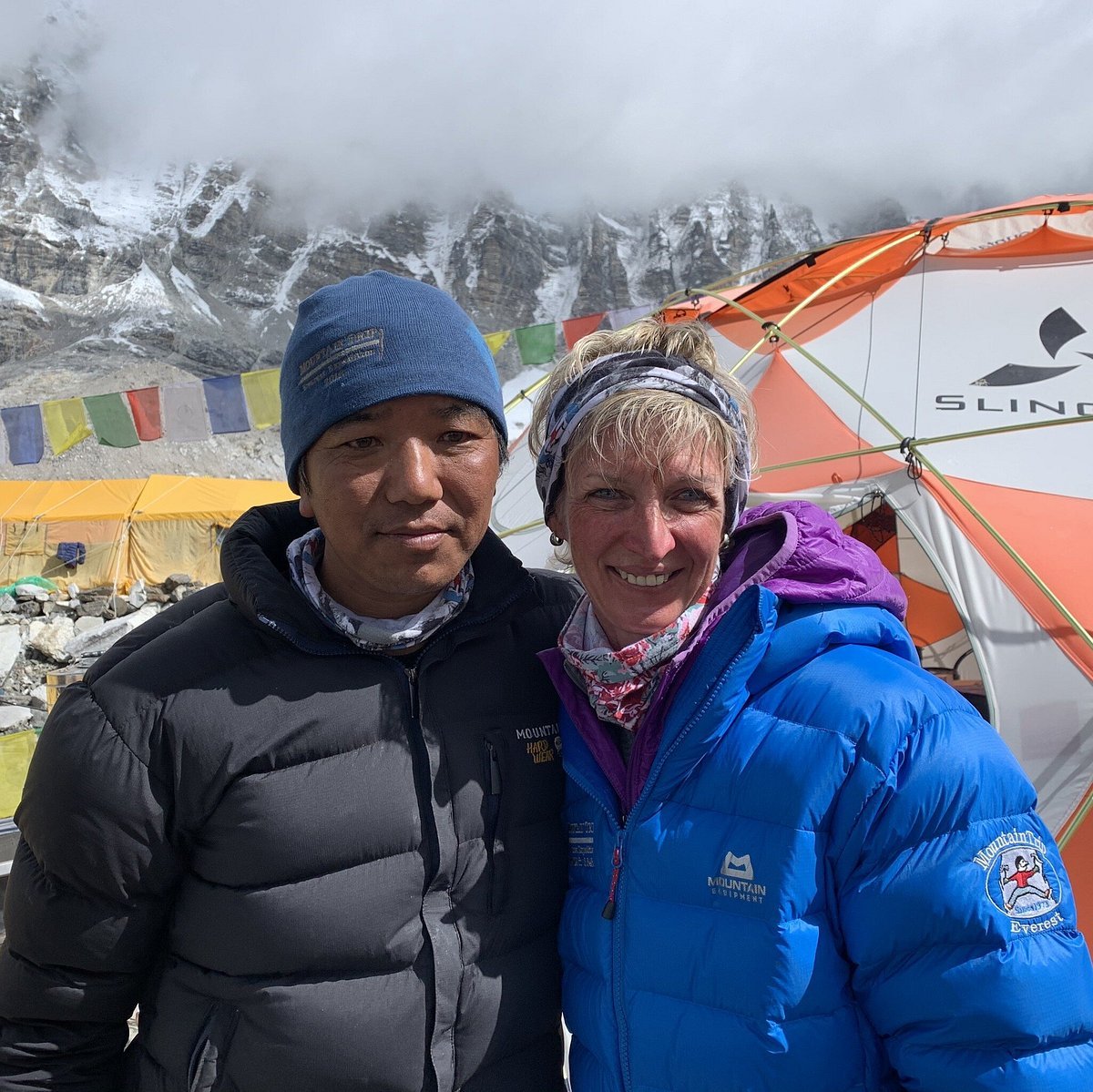

Peak fitness is essential. Train with hikes, carrying gear. Personal Sherpas are optional; porters handle group equipment. Individualized advice for mental and physical preparation is available.

Pre-expedition medical examination is recommended. Dental checks are crucial due to pressure changes at higher altitudes.

Prior high-altitude and mountaineering experience is required for eight-thousander expeditions. Training programs for newcomers are offered. For seven-and six-thousander expeditions, experience on four-thousander peaks is advisable.

Months of physical and mental preparation are necessary. Exercise, diet, and rest are key. Free world-class training programs for Everest climbers are available, along with exclusive discounts.

Months of training are required for fitness and technical climbing experience. Climbing lower peaks familiarizes climbers with equipment and terrain. Expedition training programs are offered in Europe and the US.

Climb lower peaks for altitude adaptation. Tailor-made programs prepare climbers for 8000er expeditions.

Expedition Himalaya, a veteran of Mount Everest and Himalayan expeditions, are poised to make climbing the Himalayan range a safe and unforgettable experience.
© 2024 Developed by Digital Raghu.